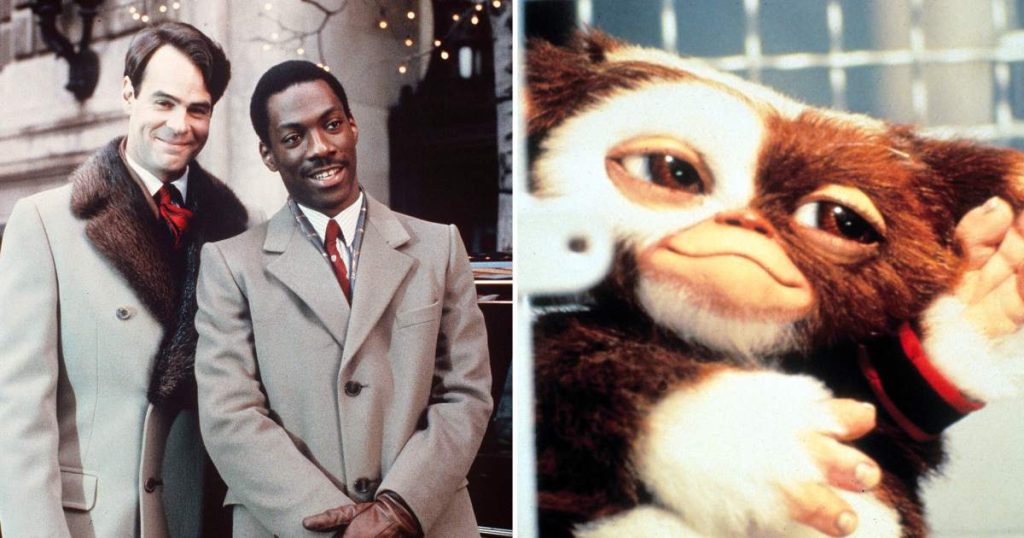While the holiday season often brings to mind classic Christmas films like “It’s a Wonderful Life,” “Miracle on 34th Street,” and “A Christmas Story,” a broader spectrum of movies has emerged as festive favorites, expanding the traditional holiday viewing experience. One prime example is the 1988 action thriller “Die Hard,” a film not initially intended as a Christmas movie, yet embraced by many as a quintessential holiday watch. This raises the question of what constitutes a “Christmas movie” and how films outside the typical festive genre can still capture the holiday spirit. The inclusion of Christmas elements, whether intentional or incidental, can transform a film into a seasonal staple, adding a layer of festive cheer to an otherwise unrelated narrative. This phenomenon highlights the evolving nature of holiday traditions and the ability of audiences to find festive connections in unexpected places.
“Die Hard,” starring Bruce Willis as John McClane, a New York City cop, unfolds against the backdrop of a Christmas Eve party in Los Angeles, where McClane hopes to reconcile with his estranged wife. The festive setting is abruptly disrupted by a terrorist takeover, forcing McClane into a heroic struggle to save the hostages, including his wife. While the film’s primary focus is action and suspense, the Christmas setting permeates the narrative, from the festive decorations to the holiday music playing in the background. This juxtaposition of action and holiday cheer creates a unique viewing experience, offering a thrilling escape while still maintaining a connection to the festive season. The film’s unexpected Christmas theme has resonated with audiences, solidifying its place in the pantheon of unconventional holiday favorites.
Director John McTiernan, according to author Larry Taylor’s book “John McTiernan: Rise and Fall of An Action Movie Icon,” didn’t explicitly set out to create a Christmas movie. Instead, he strategically incorporated Christmas elements to enrich the film’s tapestry. These festive touches, rather than dominating the narrative, serve as a backdrop, offering a subtle counterpoint to the intense action. The Christmas setting provides moments of respite, softening the harsh edges of the thriller and injecting a sense of warmth and familiarity into the high-stakes scenario. This nuanced approach to incorporating holiday themes allows “Die Hard” to appeal to a wider audience, attracting both action enthusiasts and those seeking a less traditional holiday viewing experience.
The unexpected embrace of “Die Hard” as a Christmas classic demonstrates the fluid nature of holiday traditions and the audience’s role in shaping cultural perceptions. What defines a “Christmas movie” is not solely based on the explicit narrative but also on the emotional resonance and associations it evokes. The film’s Christmas setting, despite not being central to the plot, creates a festive atmosphere that resonates with viewers, contributing to its adoption as a holiday staple. This phenomenon underscores the power of audience interpretation and the ability of films to transcend their intended genres, becoming integrated into cultural celebrations in unexpected ways.
The debate surrounding “Die Hard’s” Christmas movie status highlights the subjective nature of genre classification and the evolving definition of holiday entertainment. The film’s success lies in its ability to blend seemingly disparate elements – action, suspense, and holiday cheer – into a cohesive and entertaining whole. This unexpected combination has broadened the scope of holiday viewing, offering an alternative to traditional heartwarming Christmas tales. The film’s popularity as a Christmas watch reflects a shift in audience preferences, embracing a wider range of genres and themes within the context of holiday entertainment.
Beyond “Die Hard,” numerous other films, not traditionally classified as Christmas movies, have found their way into the holiday viewing rotation. These films, often featuring Christmas settings or thematic elements, offer a fresh perspective on the holiday season, catering to diverse tastes and preferences. The inclusion of these unconventional films in holiday viewing traditions adds a layer of complexity and richness to the festive experience, expanding beyond the confines of traditional Christmas narratives. This trend reflects a growing appreciation for films that capture the spirit of the season in unique and unexpected ways, further blurring the lines of genre and solidifying the role of audience interpretation in shaping cultural traditions.

